Why Spain is a great place for kids
Choosing the city that's right for you
Choosing the visa that's right for you
More than just great weather
Why Spain provides a better quality of life
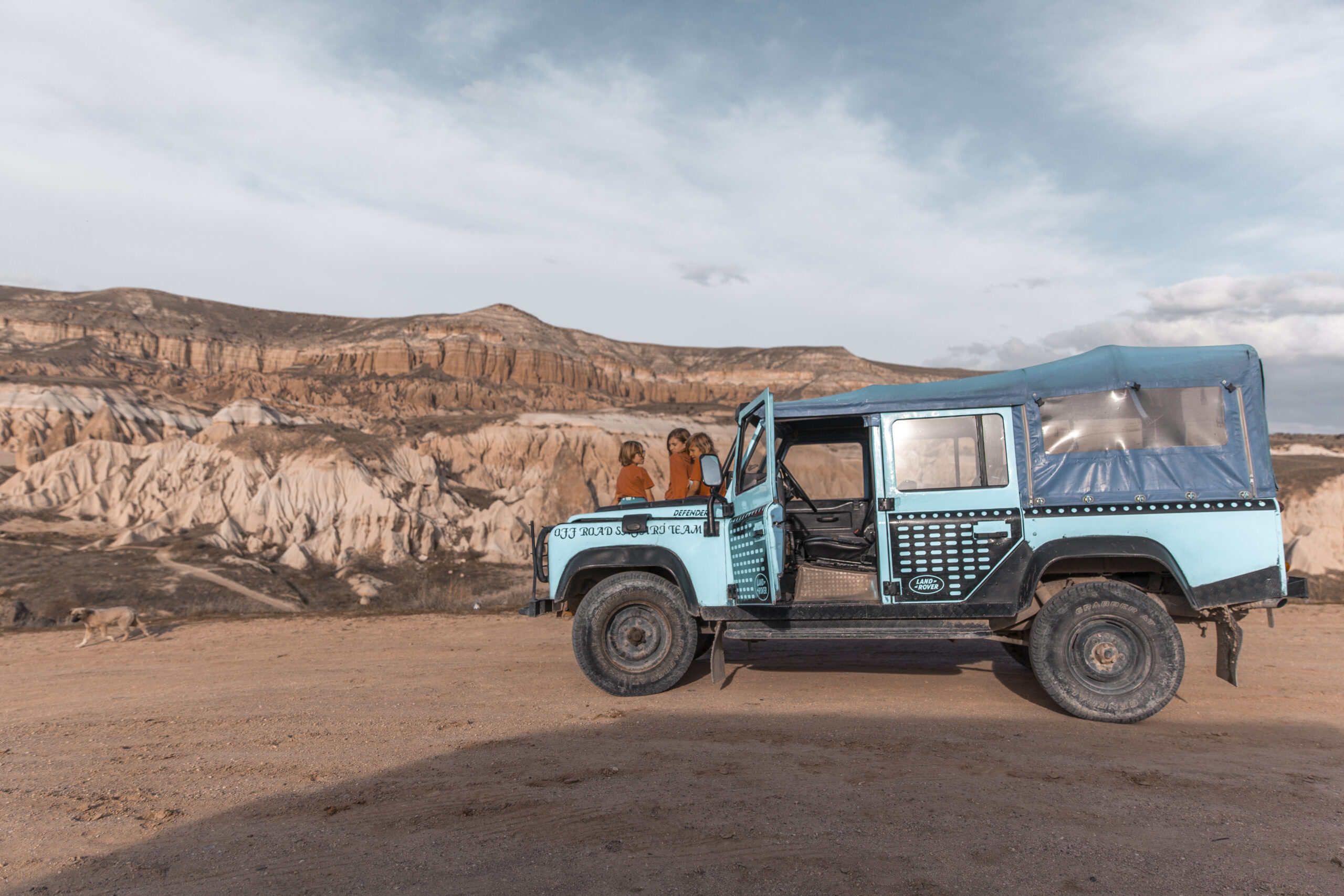
How we Plan
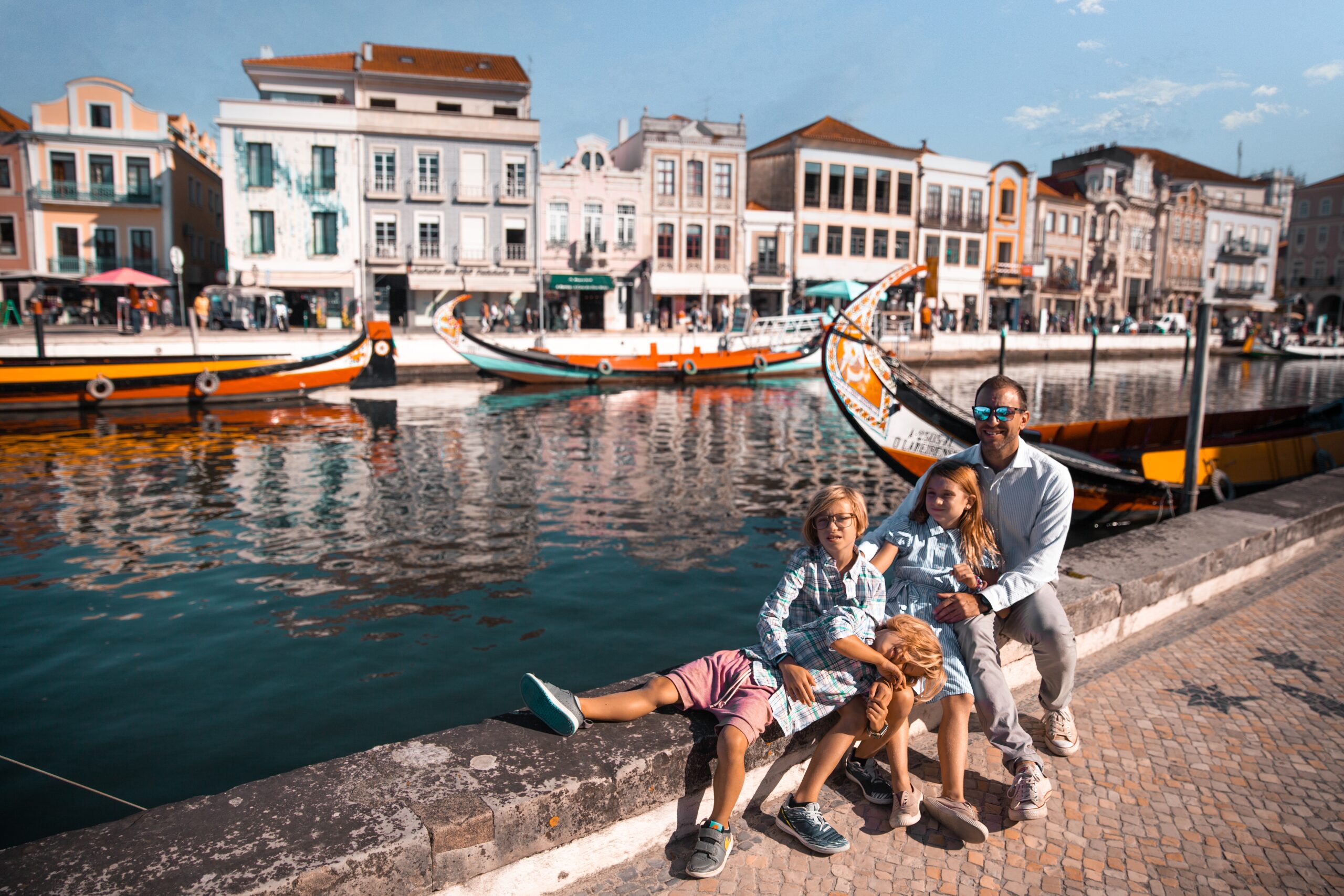
What we pack
Choosing Travel Insurance
Book Your Hotel
with Booking.com
Book Your Car
with RentalCars.com
Book Your Flight
with Skyscanner.com
Book Your Tour
with GetYourGuide.com
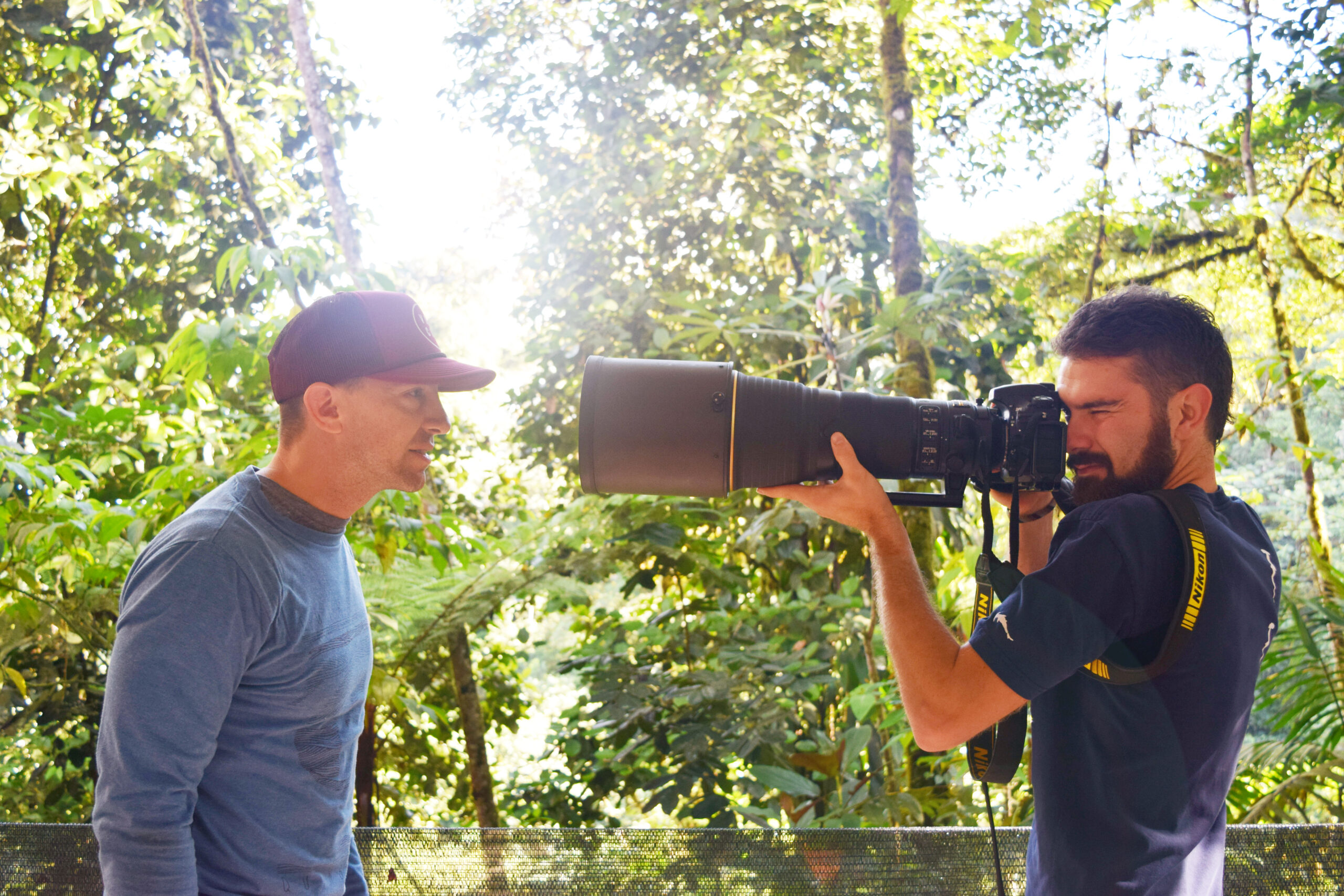
Our Camera Gear
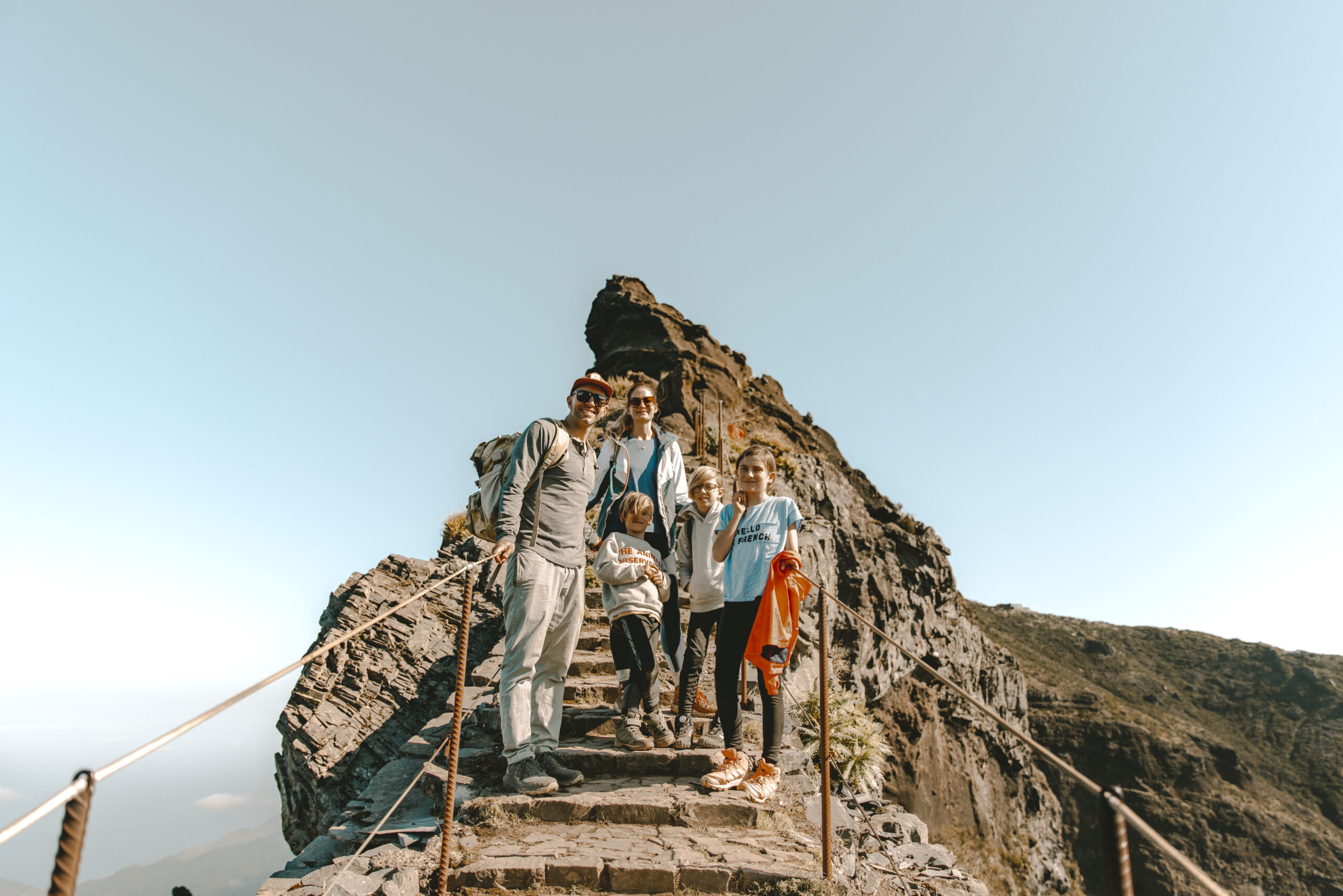
How We Fly
Choosing Your Destination
Guide to...
Nicaragua
Nicaragua, with its pristine beaches, lush rainforests, and charming colonial cities like Granada, offers travelers an authentic taste of Central America’s natural beauty and cultural heritage.
Map
Weather
Itineraries
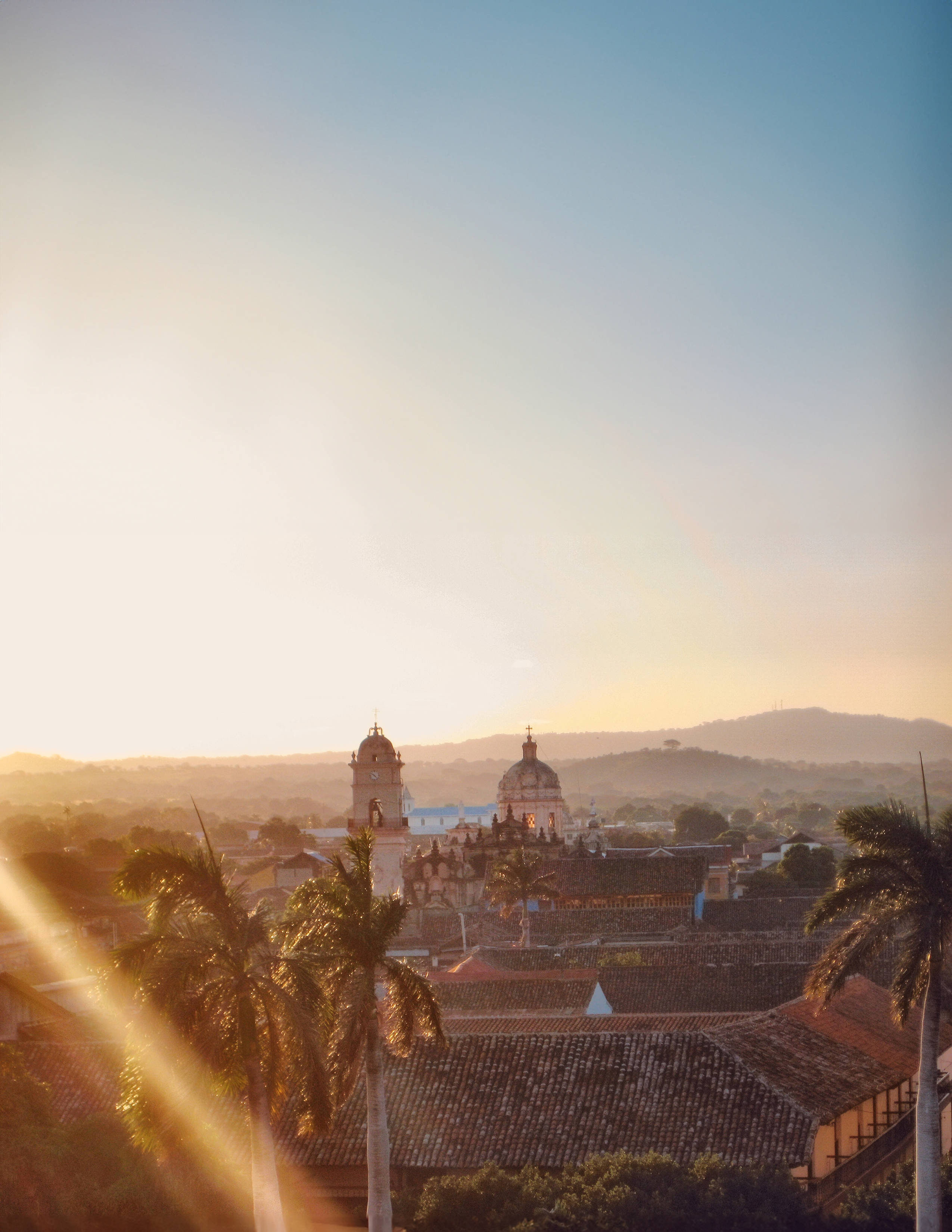
Coming Soon...
granada
Top Five Restaurants in granada
El Zaguan is a renowned steakhouse in Granada, famous for its succulent meats and vibrant atmosphere. Located near the central park, it offers a cozy setting with both indoor and outdoor seating options. The restaurant is highly praised for its attentive service and delicious Nicaraguan cuisine.
The Garden Café is a charming café and restaurant known for its fresh, organic ingredients and delightful garden setting. It offers a variety of international dishes, vegetarian options, and artisanal baked goods. It’s a perfect spot for a leisurely brunch or a relaxing afternoon.
Café de los Sueños is a quaint, family-run café that serves up delicious homemade meals and desserts. Its artistic décor and cozy atmosphere make it a favorite among locals and tourists alike. The menu features a mix of Nicaraguan and international flavors, perfect for any time of day.
Restaurante Ciudad Lounge offers a unique dining experience with its fusion of Nicaraguan and international cuisines. The restaurant features an elegant setting with a well-curated wine list and craft cocktails. It’s an ideal place for a special evening out.
El Tranvía is a delightful eatery known for its traditional Nicaraguan dishes and historic tram-inspired décor. The menu boasts a variety of local specialties, making it a great place to experience authentic Nicaraguan flavors.
Top Five hotels in granada
Hotel Plaza Colón is a luxurious hotel located right on Granada’s central park. It features elegant colonial architecture, spacious rooms, and a beautiful courtyard with a pool. The hotel offers excellent service and a charming atmosphere.
Hotel Dario combines historic charm with modern amenities. Located on Calle La Calzada, it offers beautifully decorated rooms, a lush garden, and a relaxing pool area. The hotel’s restaurant serves delicious local and international cuisine.
Hotel Granada is one of the city’s largest hotels, offering spacious rooms and a range of amenities, including a large swimming pool, a fitness center, and conference facilities. It’s located near Lake Nicaragua, providing easy access to many local attractions.
Hotel La Polvora is a boutique hotel that offers a serene retreat with its charming colonial-style architecture and lush gardens. Guests can enjoy comfortable rooms, a refreshing pool, and personalized service in a tranquil setting.
Hotel Casa San Francisco is a charming boutique hotel that offers a homely atmosphere with its beautifully decorated rooms and friendly service. The hotel features a lovely courtyard with a pool, making it a tranquil oasis in the heart of Granada.
FAQ's
What are the main things to do with kids in Nicaragua?
Nicaragua offers a variety of activities that families with kids can enjoy. Here are some of the main things to do:
1. Visit the Masaya Volcano National Park: Kids can explore the active volcano, learn about its geology, and enjoy the park’s beautiful scenery.
2. Explore the colonial cities of Granada and León: These cities offer colorful streets, historical buildings, and engaging museums that can be fun for children.
3. Enjoy the beaches: Nicaragua’s Pacific coast has many beautiful beaches where families can swim, surf, or relax. San Juan del Sur and the Corn Islands are popular destinations.
4. Take a boat tour of Lake Nicaragua: Kids can spot wildlife and enjoy the scenic views of the lake and its islands, such as Ometepe, which features two volcanoes.
5. Visit the Chocoyero-El Brujo Natural Reserve: This reserve is home to a variety of wildlife, including monkeys and tropical birds, and features hiking trails and waterfalls.
6. Attend the Güegüense Festival in Diriamba: This colorful festival in January showcases traditional folkloric dances and costumes that kids might enjoy.
7. Learn about chocolate production: Some farms and cooperatives offer tours where children can learn about the process of making chocolate from cacao beans.
8. Visit the Nicaraguan Butterfly Reserve in Granada: Kids can see a variety of colorful butterfly species and learn about their life cycles.
Remember to take necessary precautions to ensure your children’s safety and health while traveling in Nicaragua, such as staying up to date with vaccinations and being aware of any travel advisories.
What is Nicaragua famous for?
Nicaragua is famous for several things:
1. Volcanoes: Nicaragua is known as the “Land of Lakes and Volcanoes.” It is home to numerous volcanoes, some of which are active, such as Masaya, Momotombo, and Cerro Negro.
2. Lakes: Nicaragua boasts the two largest lakes in Central America – Lake Nicaragua (also known as Cocibolca) and Lake Managua (also known as Xolotlán).
3. Biodiversity: Nicaragua has a rich biodiversity, with rainforests, cloud forests, and coastal ecosystems that are home to a wide variety of flora and fauna.
4. Colonial architecture: Cities like Granada and León are known for their well-preserved colonial architecture, featuring colorful buildings and historic churches.
5. Beaches: Nicaragua’s Pacific coast is famous for its stunning beaches, particularly in areas like San Juan del Sur and the Corn Islands.
6. Poetry: Nicaragua is known as a land of poets. Rubén Darío, one of the most influential poets in the Spanish-speaking world, was born in Nicaragua.
7. Nicaraguan Revolution: The country is known for its revolution in the late 1970s, led by the Sandinista National Liberation Front (FSLN), which overthrew the Somoza dynasty.
8. Coffee: Nicaragua is a major producer of high-quality coffee beans, particularly in the northern highlands.
9. Cigars: Nicaraguan cigars are considered some of the best in the world, rivaling those from Cuba and the Dominican Republic.
10. Hammocks: Nicaraguan hammocks, particularly those from Masaya, are famous for their craftsmanship and comfort.
What power plug type does Nicaragua use?
Nicaragua primarily uses two types of electrical outlets:
1. Type A: This is the standard North American plug, also known as NEMA 1-15. It has two flat parallel prongs.
2. Type B: This outlet is also used in North America and is known as NEMA 5-15. It looks similar to Type A but has a round grounding pin below the two flat prongs.
The standard voltage in Nicaragua is 120 volts (V), and the frequency is 60 hertz (Hz). This is the same as in the United States, Canada, and some other countries in the Americas.
If your devices have a different plug type or are not compatible with 120 V, you may need a travel adapter and/or a voltage converter. However, many modern electronic devices, such as smartphones and laptops, can handle a range of voltages (dual voltage) and may only require a plug adapter.
It’s always a good idea to check the voltage requirements of your devices before traveling to Nicaragua or any other country to ensure compatibility and avoid damage.
Is Nicaragua safe?
Nicaragua’s safety for tourists is a complex issue that can change depending on various factors, such as political situation, crime rates, and regional differences. As of my knowledge cutoff in August 2023, the situation was as follows:
1. Political instability: Nicaragua has experienced periods of political unrest, particularly since the 2018 protests against the government. This has led to occasional demonstrations, road blockades, and clashes between protesters and security forces.
2. Crime: Petty crime, such as pickpocketing and bag snatching, is a concern in Nicaragua, particularly in tourist areas and cities. However, more serious crimes like armed robbery and gang violence are less common in areas frequently visited by tourists.
3. Regional differences: Some areas of Nicaragua are considered safer than others. Popular tourist destinations like Granada, León, and San Juan del Sur generally have lower crime rates compared to larger cities like Managua.
4. Health concerns: Nicaragua has a tropical climate, so visitors should take precautions against mosquito-borne illnesses like dengue fever and Zika virus. Travelers should also drink bottled water and be cautious when consuming street food.
5. Natural disasters: Nicaragua is prone to natural disasters such as earthquakes, hurricanes, and volcanic eruptions. Visitors should stay informed about weather conditions and follow the advice of local authorities.
Overall, Nicaragua can be a safe destination for tourists who exercise caution, stay informed about current events, and take common-sense safety precautions. However, it’s essential to check the latest travel advisories from your government before visiting, as the situation may have changed since August 2023.
What do i need to travel to Nicaragua?
To travel to Nicaragua, you’ll need to consider the following:
1. Passport: A valid passport with at least six months remaining before expiration is required for entry into Nicaragua.
2. Visa: As of August 2023, citizens of many countries, including the United States, Canada, and most European nations, do not need a visa for stays up to 90 days. However, requirements can change, so check with the Nicaraguan embassy or consulate in your country for the most up-to-date information.
3. Tourist card: Upon arrival in Nicaragua, you’ll need to purchase a tourist card, which costs around $10 USD and is valid for up to 90 days.
4. Proof of onward travel: Some airlines or immigration officials may require proof of onward travel, such as a return ticket or a ticket to another destination.
5. Vaccinations: Although no vaccinations are mandatory for entry, it’s recommended to be up to date on routine vaccines and to consider others based on your planned activities and health conditions. Consult with your healthcare provider or a travel clinic.
6. Health insurance: It’s advisable to have travel health insurance that covers medical emergencies, evacuation, and repatriation.
7. Accommodation reservations: It’s a good idea to have at least your first night’s accommodation booked before arriving in Nicaragua.
8. Money: Bring some cash (U.S. dollars are widely accepted) and a credit/debit card. Inform your bank about your travel plans to avoid any issues with your card.
9. Language preparation: Learning some basic Spanish can be helpful, as English is not widely spoken outside of tourist areas.
Remember to recheck the entry requirements closer to your travel date, as they may change.
Where to travel in Nicaragua?
Nicaragua offers a variety of destinations that cater to different interests. Here are some of the main places to consider:
1. Granada: Known for its well-preserved colonial architecture, colorful buildings, and rich history, Granada is a popular tourist destination. It’s situated on the shore of Lake Nicaragua and offers easy access to nearby attractions like Masaya Volcano and the Isletas de Granada.
2. León: Another colonial city, León is known for its vibrant university life, cultural events, and political history. It’s also a gateway to nearby beaches and volcanoes, like Cerro Negro, where you can go sandboarding.
3. San Juan del Sur: This coastal town is a popular spot for surfing, beaches, and nightlife. It’s also a starting point for visiting nearby beaches and nature reserves.
4. Ometepe Island: Located in Lake Nicaragua, this island is formed by two volcanoes and offers hiking, wildlife viewing, and a chance to experience rural island life.
5. Corn Islands (Islas del Maíz): These Caribbean islands off the eastern coast of Nicaragua offer beautiful beaches, clear waters, and great snorkeling and diving opportunities.
6. Matagalpa and Jinotega: These northern highlands towns are known for their coffee plantations, cooler climate, and outdoor activities like hiking and birdwatching.
7. Río San Juan: This region bordering Costa Rica is known for its lush rainforests, biodiversity, and opportunities for boat tours and fishing.
8. Managua: While not typically a tourist hub, the capital city offers some interesting museums, markets, and historical sites, such as the Antigua Catedral de Managua ruins.
9. Estelí: This city in the northern highlands is known for its cigar production and nearby nature reserves, waterfalls, and canyons.
The best places to visit will depend on your interests and the amount of time you have available. Keep in mind factors like travel time, accessibility, and seasonality when planning your itinerary.
How to travel to Nicaragua?
To travel to Nicaragua, you have several options:
1. By air: The most common way to enter Nicaragua is by flying into Augusto C. Sandino International Airport (MGA) in Managua, the capital city. The airport receives international flights from several cities in North America, Central America, and South America. Major airlines that serve Nicaragua include American Airlines, Copa Airlines, and Avianca.
2. By land from Costa Rica: If you’re already in Costa Rica, you can enter Nicaragua by land via the border crossings at Peñas Blancas (Pacific side) or Los Chiles/San Carlos (Caribbean side). You can travel by bus, shuttle, or private car. Be prepared for long wait times at the border for immigration and customs procedures.
3. By land from Honduras: You can also enter Nicaragua from Honduras via the border crossings at Las Manos, El Espino, or El Guasaule. Buses and shuttles are available, or you can travel by private car.
4. By sea: Some cruise ships include stops on Nicaragua’s Pacific coast, such as San Juan del Sur, as part of their itineraries. However, this is less common than air or land travel.
Once you’re in Nicaragua, you can travel between cities and destinations by:
1. Domestic flights: Local airlines like La Costeña offer flights between Managua and several other destinations, such as Bluefields and the Corn Islands.
2. Buses: A variety of bus companies offer intercity transportation, ranging from local “chicken buses” to more comfortable express services.
3. Shuttles: Many tourism companies operate shuttles between popular destinations, which can be more comfortable and convenient than public buses.
4. Rental cars: You can rent a car in Nicaragua, but be aware that road conditions and driving habits may be different from what you’re used to.
5. Taxis and ride-sharing: Taxis and ride-sharing services like Uber are available in larger cities.
Consider your budget, time constraints, and destination when choosing your mode of transportation within Nicaragua.
When is the best time to travel to Nicaragua?
The best time to travel to Nicaragua depends on your preferences and priorities, such as weather conditions, crowds, and activities. Here’s an overview of what you can expect throughout the year:
1. Dry season (December to April):
– This is the most popular time to visit Nicaragua, as rainfall is minimal and temperatures are warm.
– Expect more tourists, higher prices, and limited availability for accommodations during this time, especially around the holidays and Easter week.
– This is a great time for outdoor activities, beach-going, and exploring the colonial cities.
2. Wet season (May to November):
– Nicaragua experiences higher rainfall during these months, particularly from June to October.
– Fewer crowds and lower prices can be found during this time, except for the mid-year school holidays in June and July.
– The landscape is lush and green, making it an appealing time for nature and wildlife viewing.
– Some remote areas, particularly in the Caribbean region, may be less accessible due to road conditions.
3. Shoulder season (May and November):
– These months offer a balance between the dry and wet seasons, with moderate rainfall and fewer crowds.
– Prices may be lower than during the peak dry season, and you may have more flexibility with accommodations.
– The weather can be unpredictable, with occasional rainfall, but overall conditions are usually pleasant.
Other factors to consider:
1. Holidays and festivals: Nicaragua celebrates many holidays and festivals throughout the year, such as Independence Day (September 15) and the Feast of the Immaculate Conception (December 8). These events can lead to increased domestic travel, limited availability, and higher prices.
2. Regional differences: The Caribbean coast and the Corn Islands experience different weather patterns than the Pacific and central regions, with more consistent rainfall throughout the year.
Ultimately, the best time to visit Nicaragua depends on your specific interests and tolerances for weather, crowds, and prices.

